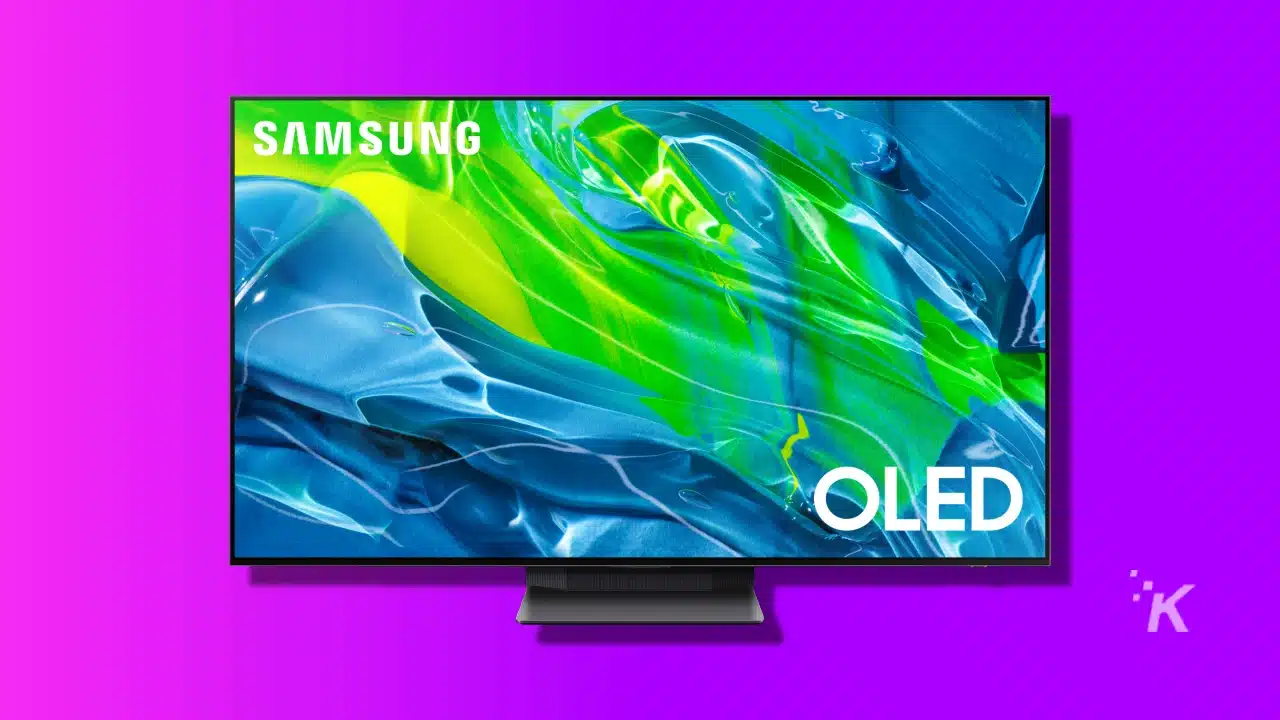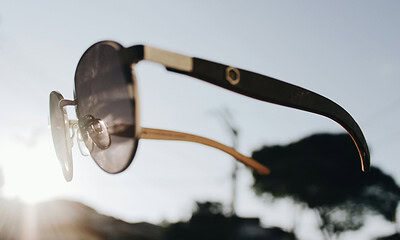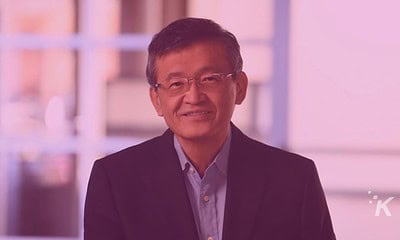
Just a heads up, if you buy something through our links, we may get a small share of the sale. It’s one of the ways we keep the lights on here. Click here for more.
Tom’s Guide recently put the two competing OLED technologies through their paces, and the results might not be what you expect.
For instance, LG’s second-generation OLED evo, the LG G2 OLED TV, faces off against Samsung’s QD-OLED technology in the S95B OLED TV. Let’s examine the results.
Surprisingly, LG’s OLED evo technology outperformed in all test categories.
That’s interesting, as one of the big selling points of quantum dot films is that they improve color range, accuracy, and vibrancy. Samsung also made a big point by stating quantum dots make the panel brighter.
The results in the table below for color accuracy (Delta-E) show a good result from both panels. Anything under 2.0 is good on this test, but the LG OLED gets a 1.3, which is outstanding.
UPDATE 6/3/2022 1:30 PM ET: Tom’s Guide has issued the following statement on its test results: “Due to mistakes in our data collection process, we erroneously reported that the Rec709 color gamut of the Samsung S95B OLED was only 99%. After further review, it’s closer to 130%, similar to what we’ve seen on the LG G2 OLED. […] We are in the process of fully updating this article and will update with any further changes.“
The LG panel also had a wider color gamut, but only by a couple of points. Tom’s realized a mistake in their initial data collection process, so they are in the process of fully retesting their results.
Tom’s Guide testing data
| Samsung S95B OLED TV | LG G2 OLED TV | |
| Model Number | Samsung QN65S95BAF | LG OLED65G2PUA |
| Price | $2,999.99 | $2,996.99 |
| Delta-E (lower is better) | 1.9 | 1.3 |
| Rec. 709 | 130% | 131.6% |
| Max brightness | 501.3 nits | 590.5 nits |

Measured brightness can differ from the tested brightness numbers supplied by the manufacturer. Tom’s found the QD-OLED panel on the Samsung had a respectable 501.3 nits.
The LG OLED panel blew past that, with 590.5 nits when set to Vivid mode and a 10% window.
It’s worth noting that the G2 from LG has a “40% increase in brightness compared to last year’s LG G1 OLED TV.” That would make the QD-OLED panel better than last year’s LG by miles and is perhaps a better comparison as both are first-generational technologies.
As Tom’s Guide notes, “there are several factors that go into scoring a TV besides the tested picture performance.” This panel testing can’t tell you, which is the best TV, only that QD-OLED needs some time to mature.
This is only the first year of QD-OLED and only the second TV that has used it, with the other being the Sony A95K. Alienware also used it in a recent gaming monitor, which uses a Samsung panel.
One thing to take away from this test result? Expect next year’s QD-OLED panels to be even better.
Have any thoughts on this? Drop us a line below in the comments, or carry the discussion to our Twitter or Facebook.
Editors’ Recommendations:
- Is your Roku Smart TV displaying banner ads on live TV? Here’s how to turn them off
- Google finally rolls out individual user profiles to Google TV
- Samsung’s Neo QLED 4K QN95B is now available to preorder
- People are destroying their TVs with Nintendo Switch Sports
Just a heads up, if you buy something through our links, we may get a small share of the sale. It’s one of the ways we keep the lights on here. Click here for more.




























